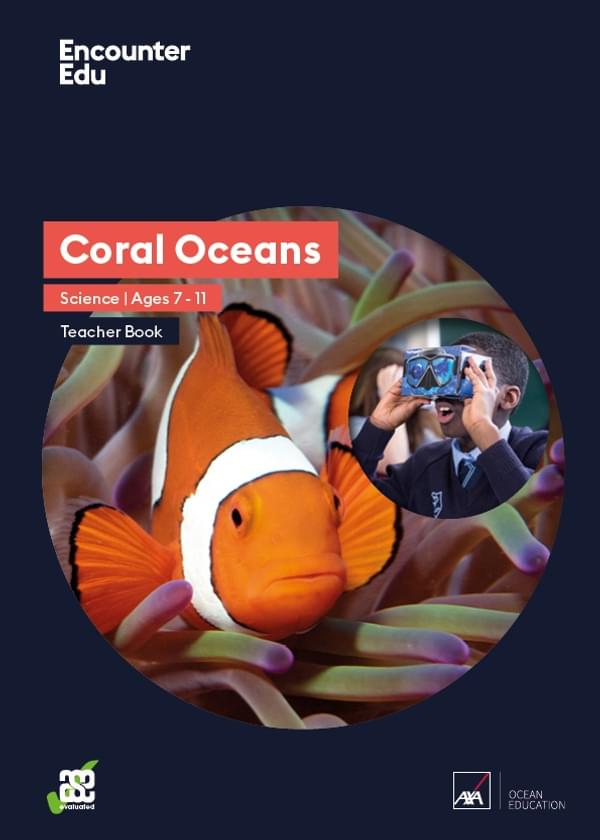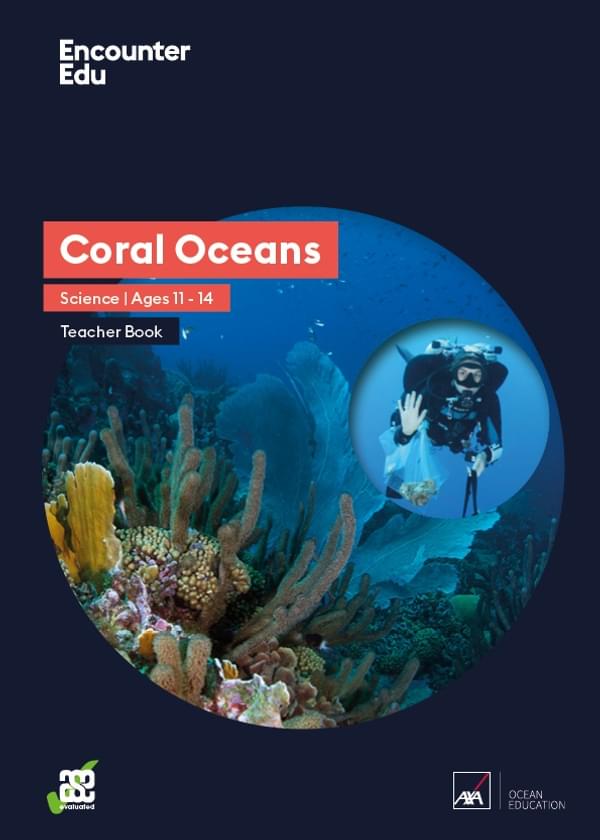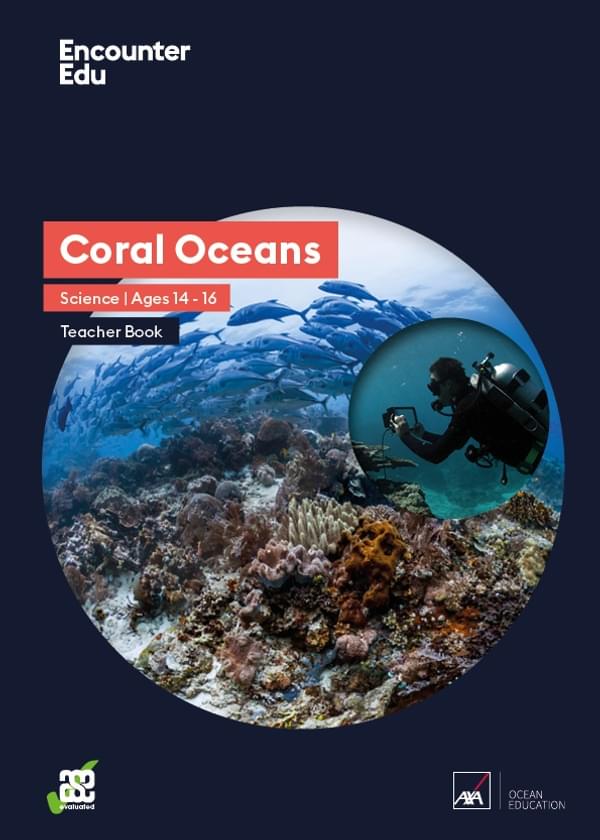About: XL Catlin Seaview Survey
Our oceans feed one in four people on the planet every day. They produce 50% of the oxygen we breathe. They regulate the climate and make our planet habitable. They are integral to our very survival, yet for all of our reliance, they largely remain as they have always done, out of sight and out of mind. 95% hasn't even been seen by human eyes.
Understanding our oceans has never been more critical. Scientists are telling us they are in a rapid state of decline. However, monitoring change in ocean ecosystems has always been a challenge as there simply hasn't been the technology to conduct research on a meaningful scale.
The XL Catlin Seaview Survey presented a step-change in our understanding of the coral ecosystem. Over five years, the survey undertook a series of scientific expeditions around the globe using specially designed 360 degree cameras, to record and reveal the world’s oceans and reefs like never before. It has created an independent, baseline, scientific study to enable everyone to see change over time and plan for the future.
Working with scientists from the University of Queensland, the Survey began in 2012 with an icon of the ocean, the Great Barrier Reef, off Australia. Two expedition teams visited 20 representative reefs along the Great Barrier Reef and Coral Sea, to research and record the shallow reef (0-12m) as well as the relatively unknown deep reef (from 30-100m).
Since 2012, the XL Catlin Seaview Survey team have studies reef systems in 26 countries, and more than 600,000 stitched images have been taken. These 360 degree photos are analysed and then uploaded to the XL Catlin Global Reef Record. This ‘state of the reef’ benchmark is made freely available to scientists around the world to monitor changes in marine environments. It will also provide valuable insights for more than 50 nations worldwide that have significant coral reefs along their coastlines.
This shallow reef survey was complemented by a deep reef research team. The deep reef is a little-explored environment. With poor light and issues of accessibility, there is little scientific knowledge relating to the reefs that lie between 30m and 100m depth. Yet this mesophotic or ‘twilight zone’ could well prove a critical element in the survival of coral reefs under rapid environmental change.
A combination of specialist deep sea divers and remotely operated vehicles (ROVs) undertake a comprehensive survey of the coral communities at depth. Scientists utilise the same automated image recognition techniques as the shallow reef team. Accurate geo-positioning systems on the ROVs will allow the photographic surveys to be repeated to monitor change over time. Temperature data loggers will be deployed to provide better insight into the ability for the deep reef to act as a refuge from increased temperatures experienced by coral species on the shallow reef.
For more information visit xlcatlinseaviewsurvey.com.

Science | Ages 7-11
Coral Oceans
These resources for ages 7-11 are based on the journeys undertaken by science teams taking part in the XL Catlin Seaview Survey expeditions. These resources present a complete scheme of work for the science classroom, covering core science and sustainability curriculum areas as well as enhancing students' creative and communications skills.

Science | Ages 11-14
Coral Oceans
These resources for ages 11-14 are based on the journeys undertaken by science teams taking part in the XL Catlin Seaview Survey expeditions. Starting with the Great Barrier Reef in 2012, these expeditions seek to create a baseline survey of the world's reefs as well as more in-depth research on the deep reef lying between 30m and 100m.

Science | Ages 14-16
Coral Oceans
This Coral Oceans GCSE Science unit of work challenges students to think about the impact they have on coral reefs as they study their importance, the consequences of threats and how to protect them. The cumulative approach to this unit means students will develop skills throughout to complete a decision-making exercise in the last lesson.